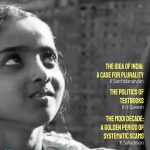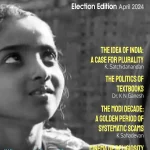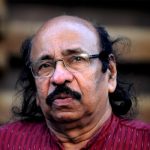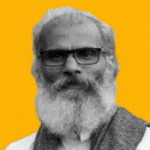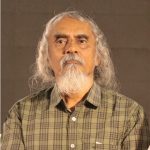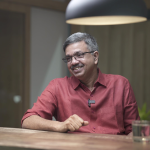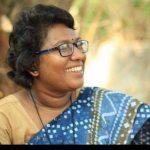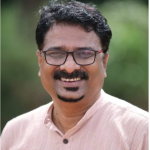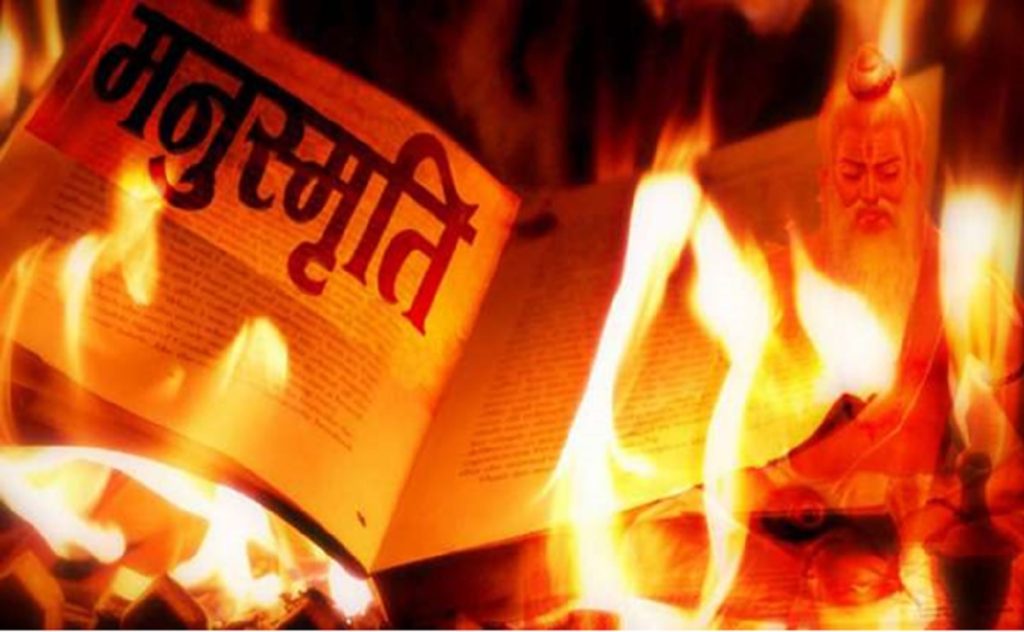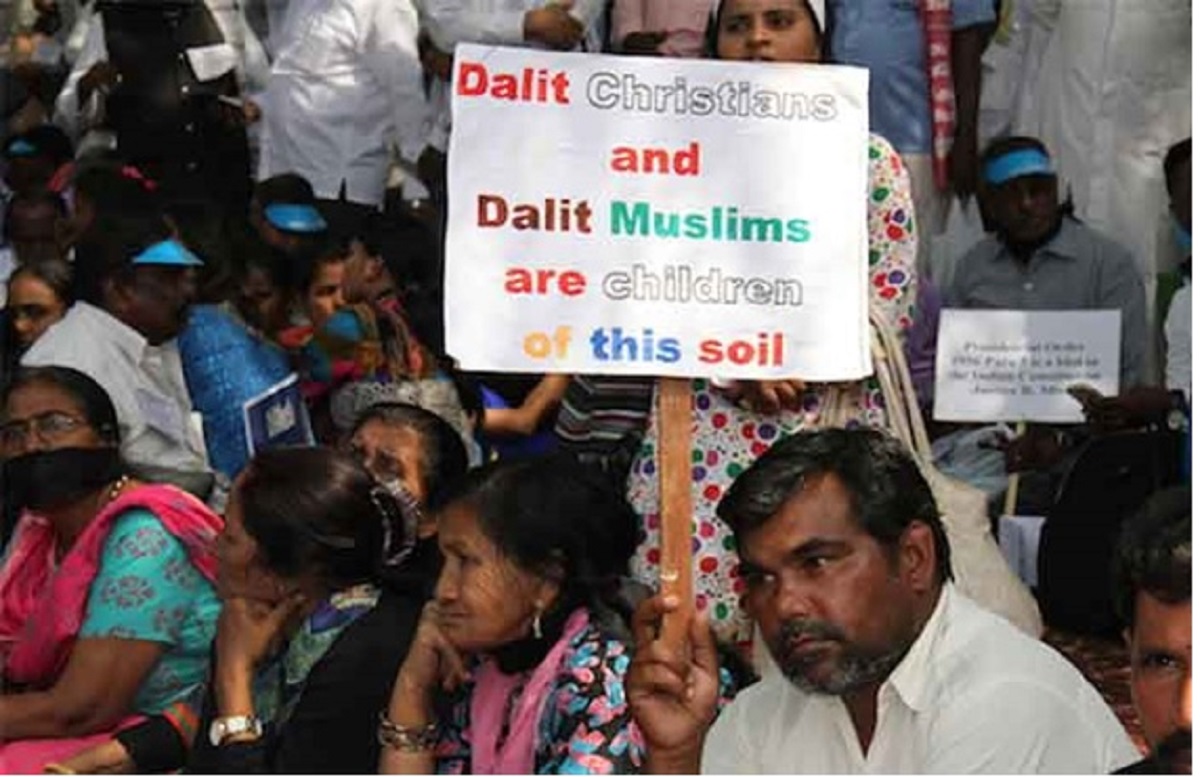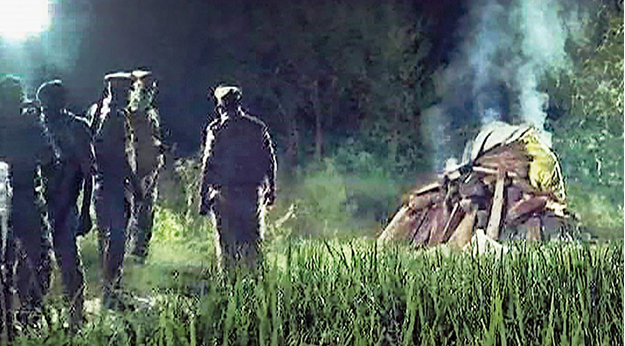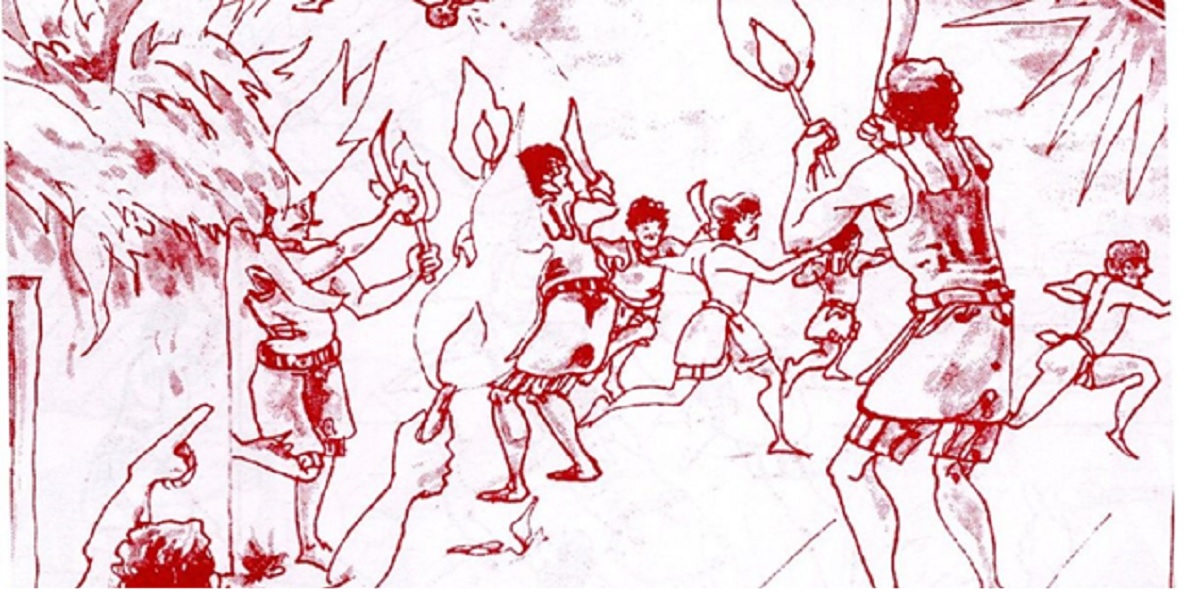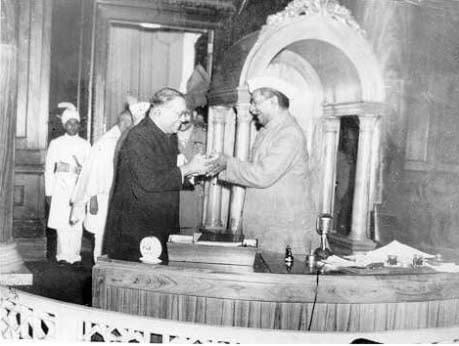
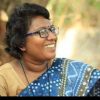
Adv Bindu Ammini
Indian society has a Brahmanical caste-based social culture and they are trying to impose it as a legal culture too with the support of the ruling class. Caste and casteism revealing everywhere in India badly in the present scenario. The proponents of “Chatur Varna” are supported by the ruling system and strongly propagate the concepts of Manusmriti and the principles of Hindutva. But at the same time, some of the oppressed sections are also trying to elevate to the upper strata of “varna” system and it is the most verse element practiced by the victims of the caste system. They are trying to enjoy the privileges of the caste system and trying to take part in such privileges unethically. So they have no intention of annihilation the caste but are enjoying all caste-based privileges and neglecting the experience of the caste people.
The real warriors against all caste-based discrimination always try to fight against caste and caste-based discriminations and offenses genuinely. They stand with all progressive sections however the oppressed sections can’t attain their goal because of the collective works of the upper castes and the powerful system in India. Sangh Parivar has brought the Indian polity to such a pathetic situation using the ideology of “Manu Smriti” together with the genocide of Dalits and other marginalized sections in India. They are trying to divide people based on religion, caste, creed sex, etc. Brutal atrocities against marginalized sections in different states, especially in states like Utter Pradesh reflect the political ideology of Hindutva against Dalits and other minorities.
The history of Dalits and tribals is generally documented by the upper caste and class. Manipulating the history of Dalits and Tribals by the caste Hindu in India is an emerging tendency and some lobbying is also seen in every institution in the name of the downtrodden. That history is the observations based on their interest by the people other than the underprivileged in general. They have documented the history of Dalits and are chairing the institutions in the name of Ambedkar and other heroes. Any person who belongs to the Dalit spectrum is defeated by those who enjoy and occupy all the positions for Dalits and they are taking no steps to elevate the deserving people to such positions. But definitely, there are some exceptions but that is rare of the rarest. No proportional representation in any of the universities, schools, private schools, media, cinema business, or any public or private employments can be seen. News Laundry conducted research and revealed the truth to the world. There is no appropriate representation in media from Dalits especially in the key posts.
Most of the Dalits placed in the key posts belong to a second, third, or fourth generation in education and the representation from the first generation is too nominal. My case itself shows the same. I was selected for a Guest faculty appointment at Delhi University this year and I received intimation mail from the side of the university. But finally, they denied my appointment baselessly and many other candidates were appointed thereafter. I have met the dean ( Prof.(Dr.) Anju Vali Tikoo) of the Law faculty at Delhi University and requested my appointment to any eligible vacancy as intimated earlier to me by the University. She enquired me about my parents and my social condition empathetically and expressed her empathy towards me after knowing that my parents are illiterate and I belong to the first generation in terms of education. Nevertheless, now I realize that the empathy towards me is just a mere drama and she appointed many other candidates thereafter. The rank list has not published yet. This is the reality we are facing everywhere and our identity itself is a reason for this grave discrimination.
Caste census
Bihar state govt. decided to raise 75 percent reservation in public employment etc. The state government has proposed a hike of reservation limit and it is based on caste census conducted by the state government. The precedent in Tamilnadu has 69 percent and has ensured fair representation and welfare of the downtrodden. The survey results will cause the decision of enhancement of OBC quota beyond 27 percent and for a quota within quota for economically backward classes. The survey also reopened the debate over the 50 percent ceiling on reservation fixed by the Supreme Court of Indra (Sawhney v.UOI, 1992)
Malnutrition
Malnutrition is a severe issue faced by the rural Dalits all over India. The state governments mplemented so many welfare schemes for the protection of underprivileged lower caste oppressed but at the same time, hundreds of Dalits and tribals have been dying every year because of the lack of food and health. States with the most Number of Crimes Rate based on reports of NCRB According to National Crime Bureau records in 2019 shows one woman is raped every 16 minutes in India. Ten Dalit girls are raped every day and 1/3rd of such incidents were in BJP-ruled states. NBR report 2017 shows that three of four accused in crimes against women were acquitted by the trial courts.
According to the National Crime Records Bureau, Uttar Pradesh has the highest number of crimes and the state is unsafe to travel alone in India. Arunachal Pradesh is the second in crime reports. Traveling alone during the dark is banned in many areas of Arunachal Pradesh.
Jharkhand is another state that should not be missed from the point of view of danger. Little has been done for the safety of the people. Many criminal cases are not even registered in the police files. Meghalaya ranks fourth in terms of security and crime. Some areas in Meghalaya are said to be unsafe for travel and restricted for people . Although Delhi ranks fifth in crime records. The sad fact is that despite the reign of political power in the state; Very little has been done in terms of its safety. Assam Ranks sixth in terms of crime rate in India. Crime has also increased to a great extent in Chhattisgarh. This place is considered unsafe for many reasons, especially for women. Haryana has recorded a per capita crime rate of 3.8. The state is known for robbery,theft, bribery, murder, rape, and many more. Thus, the political powers are trying to take stringent measures to control the crime rate. It is also called one of the 10 most dangerous states of India. Odisha the place is known for larceny, theft, and bribery. Various areas have been targeted for drugs and drunkenness. It has also spoiled the youth to a great extent due to drug addiction. Andhra Pradesh is the last but not least in the crime rate. The state has increased to a 3.6 per capita crime ratio in India. Moreover, there are ongoing concerns regarding the crimes against women and children, encompassing offenses like sexual assault and child abuse. The vigilant monitoring of major crime categories and the identification of emerging trends play a pivotal role for law enforcement agencies and policymakers. This scrutiny aids in formulating effective crime prevention strategies, ensuring the safety and security of the downtrodden. The repercussions of crime on both society and the economy are extensive and varied day by day. Social, and criminal activities generate feelings of fear, mistrust, and insecurity among individuals and that is leading to a reduction in the overall quality of life of the underprivileged. Communities grappling with high crime rates often experience a breakdown in social bonds, heightened isolation, and a decrease in community involvement. Furthermore, the impact of crime extends to victims and their families, causing enduring physical and psychological trauma. The family members of the victims also are under pressure and trauma.
“Hathras” Case
“Hathras” case was one of the typical continuous attacks against Dalits o oppress educated Dalit youth. United Nations also expressed their shock and anguish at the brutality committed by Takkurs against a 19-year-old Dalit woman. Maneesha Vatmiki was admitted to a hospital in Delhi after the attack in Hathras district of the northern state of Uttar Pradesh she later died of her injuries. The case was registered by the effort of my sister-in-law just after her delivery. The case had sparked international attention but the police authorities forcibly cremated the body without her family’s consent and they were detained in their home at that time by the police. Finally trial court acquitted all accused except one of the four accused, who are all belonging to the higher caste. One accused was found guilty of culpable homicide not amounting to murder and for offenses under Scheduled Caste and Scheduled Tribe (Prevention of Atrocities) Act, which deals with crimes against Dalits and tribal people. The woman’s family said that they had found her in a field, battered and bruised, barely conscious and naked from the waist downwards. Her spine was broken, she was bleeding and vomiting blood. She had a huge gash on her tongue, which made it difficult for her to speak. But in her statement to the police, she had alleged that she was raped. In her “dying declaration”, the 19-year-old girl told magistrate that she had been gang raped and strangled and had given the name of four of her caste Hindu neighbors as the perpetrators.
After fighting for her life for a fortnight, she died in a hospital. The investigation was later transferred to the Central Bureau of Investigation (CBI). The incident highlighted the rampant sexual violence faced by India’s 80 million Dalit women who, like their male counterparts, are at the bottom of India’s harsh caste hierarchy. Rape and sexual violence have been under the spotlight in India since the 2012 gang rape and murder of a 23-year-old woman on a bus in Delhi, which led to huge protests and changes to the country’s rape laws. But there has been little sign of crimes against women and girls abating. There is created history instead of truth. Tribes and Dalits in India were attacked by state-sponsored groups for ethnic status and privilege. Manipur Riot is the best example, of serious human rights violations and abuses including sexual violence, gang rape, murder, home destruction, forced displacement, riot, torture, and ill-treatment with the support of the ruling class and their agencies like police and other institutions.
The conflict also reportedly resulted in the displacement of thousands of people by one dominant community, Meaty. Thousands of homes and hundreds of churches were burnt down, as well as the destruction of farmland, loss of crops, and loss of livelihood, business, and everything. There were shocking reports on gender-based and targeted violence against women and children.
Another case of an alleged gang rape and murder of two tribal women in the northeastern state has come to light recently. Two young women, belonging to the Kangpokpi area of Manipur, who used to work at a car wash facility in Imphal were allegedly abducted, gang-raped and murdered at their workplace by a mob.Reported cases against Dalits all over India are increasing day by day, especially sexual violence against Dalit girls. The entire system is biased and discriminatory in case of offenses by upper caste and privileged offenders.
Some studies exposed the fact that the condition in Kerala is better than other states but not the best. Working in Kerala is more peaceful as per the opinion of other state workers and they called as Guest workers in Kerala. They told to the person who conducted studies for their condition “People bother about our caste everywhere after they come to know our place and our community but it is not here in Kerala” and” our children got better education and they prefer to relocate to Kerala”. The number of POCSO cases in Kerala was around half of UP, Maharashtra and MP.
Keezhvenmani Case
The agricultural laborers were treated as slaves even after independence. The landlord and his supporters lock the hut and set it on fire. A total of 44 were brutally burned and out of them 16 were women and 16 were below the age of 16.
“Venmani” incident was a symbol of struggle against atrocities against caste in India and the plight of Dalits which prevails in different forms across the state. There are attacks against Dalits for wearing sunglasses and expensive dresses. We people continue to enter temples in many places in Tamil Nadu too.
Honor Killing
NCRB reports in 2020 show 25 cases of honor killing were reported in 2019. However, some other reports show that 195 cases reported in Tamil Nadu itself between 2004 and 2009. Dalit Human Rights Defenders Network in collaboration with the National Council for Women Leaders conducted a study about Honor killing in seven states Haryana, Gujarat, Bihar, Rajasthan, Tamil Nadu, Maharashtra and UP.India has no specific law for preventing honor killing. But in 2012 itself Law Commission of India recommended a separate law against Honor killing.
In Shakti Vahini v. UOI, 2018 Supreme The court held that honor killing was a serious issue and enumerated preventive, remedial, and punitive measures by the state. 18 year old Shivani Tomar and 21 year old Radheshyam Tomar was reportedly killed by the girl’s father at Ratanbasai village in MP The offense under the scheduled caste and Scheduled Tribe (Prevention of Atrocities) Act is not established merely on the fact that would indicate the ingredient of intentional insult and intimidation with intent to humiliate a member of a scheduled caste or scheduled tribe. All insults or intimidation to a person belonging to such category will not attract the offense under this Act. However, the object of the Act is to improve the socio-economic condition of scheduled castes and scheduled tribes.
Crime practiced by casteist people in India against Dalits, Tribals and other minorities is abominable.Institutional murders There were 40 cases of Dalit student’s death by suicide reported in major academic institutions in the last decade. The murder of Darshan Solanki, a BTech student at IIT Mumbai reported as suicide in the hostel building she belongs to the Dalit community and experienced discrimination. The cases of Rohit Vemula, Payal Tadvi, Arshan Solanki, Anil Kumar shows the caste discrimination in India’s premier education institutions.
Central government and Sangh Parivar are trying to focus on “Amrut Kal”. They repeatedly convinced the constitution of India is the gift of “somebody” to the citizens of India ( “Hamara Samvidhan Hamara Samman”). Without freedom of Liberty, higher levels of life are impossible. Ambedkar in his remarkable contribution focused on the higher levels of freedom and liberty in his all writings and speeches. Something went wrong with the social order in the recent scenario in India. Human history is documented wrongly and deliberately trying to make fake documentation as propaganda by Hindutva. The justice delivery system in India also facing threats and trying to merge with the Hindu religious justice delivery system by Legislature. The doctrine of separation of power is one of the most important basic structures of our constitution but that is also under threat. Indian Judiciary is one of the most important ones in the world and has immense Judicial value. Our principles of socialism, secularism, and democratic values also are facing threats and may get destroyed in the near future coming just after 2024 Lokhsabha elections. So the most important duty of the People of India is to protect our Constitution and all the basic structures of our Constitution for us and also for our future generations.So many suicides reported all over India and marked it as institutional murder and it was based on mental torture, pressure stress etc by the oppressors.
Adv Bindu Ammini is a Dalit activist, advocate and founder member of Dalit Times. She also bagged several awards like Grant recipient of Shuttle worth Foundation 2021 November session and Women’s Leadership National Award of Bahujan Sahithya Academy 2023

